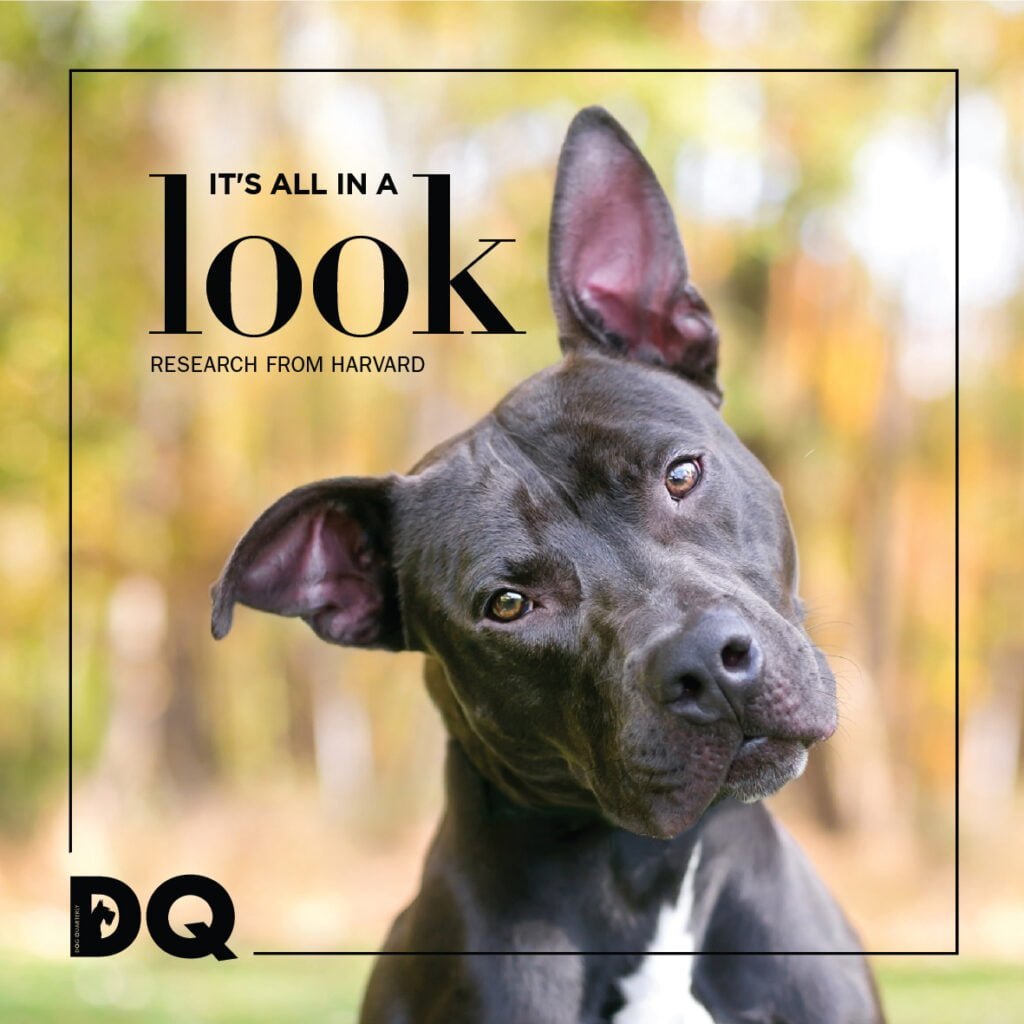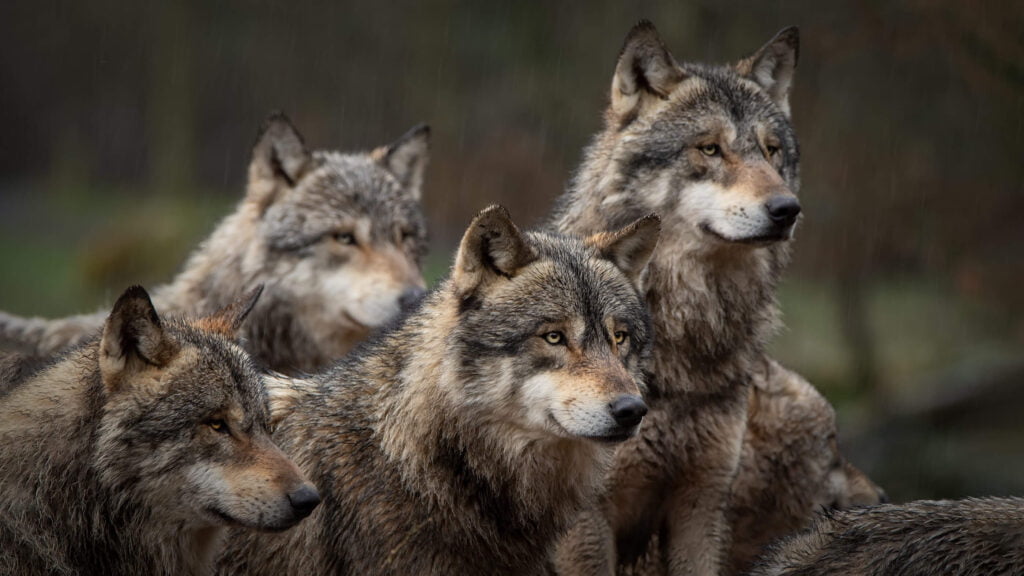Q: Why do dogs like squeaky toys?
Your dog may enjoy their squeaky toy for a variety of reasons. Still, most canine behaviour experts agree that the three main reasons dogs like squeaky toys are related to their natural hunting instincts, their desire to chew and the sound of the squeak itself.
Hunting instincts
Many squeaky toys are shaped like something a dog may instinctively want to hunt. The squeaking sound they make may even be similar to the alarm sounds of prey. This goes some way to explaining why hunting breeds have a higher affinity for squeaky toys than non-hunting breeds. This also explains why some breeds, such as terriers (which were originally bred for ratting), may love destroying their squeaky toys.
Desire to chew
Some dogs love to chew things. This is especially true for teething puppies. In fact, different dogs are thought to have different preferences for chewing textures. Teething puppies tend to enjoy softer, rubber toys, whereas older dogs, especially smaller breed dogs that are prone to dental disease, may prefer soft, stuffed squeaky toys. Power chewers may do well with so-called indestructible dog toys with a squeaky element.
Sound
When your dog chews on their favourite toy and gets a squeak, they get a sense of immediate satisfaction. This can trigger something like a positive feedback loop. Hearing the squeak triggers dopamine to be released from the reward centre of your dog’s brain, and the dog keeps squeaking the toy to keep getting that dopamine rush. Another element to this positive feedback loop will occur if they learn that squeaking their favourite squeaky toy around you causes you to play with them!
Safety warning
Squeakers, stuffing and even rubber pieces can be hazardous to your dog if they eat them, so it’s important always to supervise your dog when they have a toy. Toys should be checked regularly for any rips or tears, and plush toys with holes must be removed or repaired before the dog plays with them again. Plastic toys can become sharp, so these must also be disposed of once they develop rough edges.



